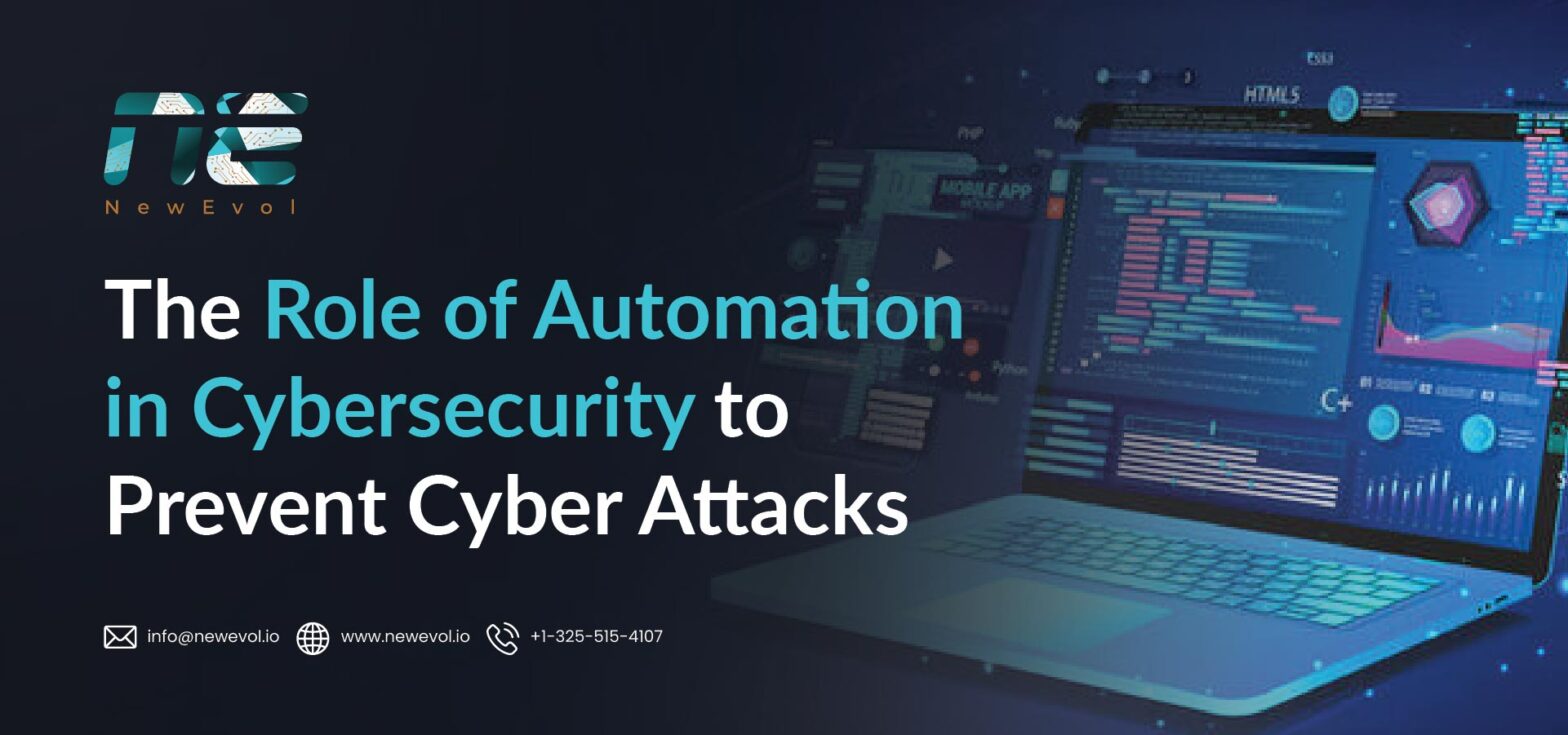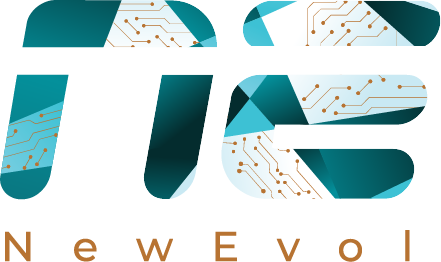The Role of Automation in Cybersecurity to Prevent Cyber Attacks

India’s digital ecosystem is expanding at an unprecedented pace. From startups and e-commerce platforms to large-scale enterprises and government organizations, businesses are increasingly adopting cloud computing, IoT devices, AI-driven applications, and remote working models. While these innovations drive efficiency, scalability, and competitive advantage, they also introduce complex cybersecurity risks. Cyber threats have evolved beyond simple malware or phishing attacks; they now comprise sophisticated, multi-vector campaigns capable of exploiting vulnerabilities across networks, endpoints, cloud systems, and human processes.
To address this rapidly shifting threat landscape, Indian enterprises are turning to automation in cybersecurity as a core component of their broader cybersecurity services in India. By integrating automation into security operations, organizations can proactively prevent, detect, and mitigate cyber attacks while optimizing resources and reducing human error. Automation is no longer a luxury—it is a strategic imperative for enterprises seeking resilience in the digital era.
Understanding Cybersecurity Automation
Cybersecurity automation involves leveraging technology to perform security tasks with minimal human intervention. This includes monitoring, threat detection, incident response, threat intelligence analysis, and compliance reporting. Automation is most effective when combined with artificial intelligence (AI) and machine learning (ML), which enable systems to learn from historical data, recognize patterns, and respond to evolving threats in real-time.
Key elements of cybersecurity automation include:
- Automated Threat Detection – Continuous monitoring of networks, endpoints, and cloud environments to identify anomalies and potential attacks.
- Security Orchestration and Response (SOAR) – Automation of repetitive tasks and incident response workflows to improve speed and accuracy.
- Threat Intelligence Integration – Aggregation of global and regional threat intelligence to anticipate emerging attack vectors.
- Vulnerability Management – Automated scanning, patching, and prioritization of vulnerabilities across IT infrastructure.
- Compliance Automation – Real-time monitoring and reporting to meet regulatory requirements efficiently.
By implementing automated systems, Indian organizations can transform cybersecurity operations from reactive to proactive, mitigating risks before they escalate.
The Cyber Threat Landscape in India
India has become a prime target for cybercriminals due to its large digital economy, widespread adoption of cloud services, and high-value targets in finance, healthcare, government, and critical infrastructure. Key trends shaping the threat environment include:
- Ransomware Attacks: Increasingly targeting enterprises with sensitive customer data and intellectual property.
- Phishing and Social Engineering: Exploiting human behavior to gain unauthorized access.
- Insider Threats: Malicious or accidental actions by employees compromising sensitive information.
- Advanced Persistent Threats (APTs): Prolonged and targeted attacks by organized cybercriminal groups or nation-state actors.
- IoT and Cloud Vulnerabilities: Misconfigurations, insecure devices, and weak access controls create new attack vectors.
Given this complexity, manual cybersecurity operations are insufficient. Automation enables organizations to detect and respond to threats in real-time, reducing dwell time and minimizing potential damage.
How Automation Enhances Cybersecurity
The India Security Automation Market generated revenue of approximately USD 164.4 million in 2023 and is projected to reach USD 598.2 million by 2030, growing at a CAGR of 20.3% between 2024 and 2030. Solutions contribute the majority share, with services experiencing the fastest growth.
1. Real-Time Threat Detection
Automated cybersecurity tools continuously monitor networks, endpoints, and applications to identify anomalies indicative of malicious activity. AI and ML algorithms analyze patterns and behaviors to detect zero-day attacks, abnormal user activity, and potential breaches that would be difficult for humans to identify in real-time.
For example, an e-commerce platform in India can use automated threat detection to identify unusual login patterns, such as multiple failed login attempts from different geolocations, triggering immediate alerts and preventative actions.
2. Accelerated Incident Response
Cyber incidents require swift action to minimize damage. Security automation platforms, particularly SOAR systems, enable predefined incident response workflows that automatically execute containment and remediation actions:
- Quarantining compromised endpoints
- Blocking malicious IP addresses or domains
- Alerting security teams for deeper investigation
- Updating threat intelligence databases with new indicators
This reduces the mean time to respond (MTTR), ensuring that threats are neutralized before they escalate.
3. Efficient Threat Intelligence Integration
Automated systems can aggregate threat intelligence from multiple sources, including global feeds, regional alerts, and internal telemetry. This enables security teams to anticipate emerging attack vectors and prioritize responses based on risk severity and asset criticality.
For Indian organizations, integrating regional threat intelligence is particularly valuable, as it reflects localized attack trends, sector-specific threats, and regulatory considerations.
4. Proactive Vulnerability Management
Automation enables continuous scanning of IT infrastructure for vulnerabilities, configuration issues, and outdated software. By automatically prioritizing vulnerabilities based on potential impact and likelihood of exploitation, organizations can deploy patches and mitigations more efficiently, reducing exposure to attacks.
For example, an Indian financial institution can use automated vulnerability management to ensure that all endpoints are up-to-date with the latest security patches, minimizing the risk of ransomware or data breaches.
5. Reducing Human Error and Operational Fatigue
Manual security operations are prone to human error, inconsistent procedures, and alert fatigue. Automation standardizes processes, enforces consistent responses, and reduces the cognitive load on security analysts, allowing them to focus on high-value strategic tasks such as threat hunting and advanced analysis.
6. Compliance and Reporting
Indian enterprises must comply with regulations such as the Information Technology Act, 2000, sector-specific guidelines, and global standards like ISO 27001 and GDPR. Automation facilitates real-time monitoring, audit trails, and reporting, ensuring regulatory adherence without overburdening security teams.
7. Enhanced Predictive Security
By analyzing historical data and correlating it with threat intelligence, automated systems can predict potential attack scenarios, enabling proactive defense measures. This predictive capability allows organizations to harden systems before an attack occurs, shifting cybersecurity from reactive to strategic.
Strategic Advantages for Indian Enterprises
Implementing cybersecurity automation delivers multiple benefits:
- Reduced Risk Exposure: Real-time detection and automated response minimize potential damage.
- Operational Efficiency: Automation reduces manual workloads and accelerates incident handling.
- Enhanced Security Posture: Continuous monitoring, threat intelligence integration, and predictive analytics strengthen defenses.
- Regulatory Compliance: Automated reporting ensures adherence to local and international regulations.
- Cost Optimization: Efficient allocation of human and technological resources reduces operational expenses.
- Business Continuity: Rapid mitigation of threats ensures uninterrupted operations and protects reputation.
Best Practices for Implementing Cybersecurity Automation
A Nasscom report projects that the Indian IT industry will reach USD 350-400 billion by 2025, with cybersecurity products and services expected to form a USD 35 billion industry. Growth will be fueled by digital transformation and the rising sophistication of cyber threats.
Assess Security Needs: Identify critical assets, threat vectors, and operational pain points.
- Integrate Automation Strategically: Focus on repetitive, time-consuming tasks while retaining human oversight for complex incidents.
- Leverage AI and Machine Learning: Use intelligent algorithms for anomaly detection, predictive threat modeling, and adaptive responses.
- Regularly Update Workflows and Playbooks: Ensure automation aligns with evolving threats and organizational changes.
- Employee Training and Awareness: Complement automation with continuous human vigilance and awareness programs.
- Monitor and Optimize: Continuously evaluate automated systems to maximize effectiveness and efficiency.
NewEvol’s Automation-Driven Cybersecurity Solutions
NewEvol provides intelligent, automation-driven cybersecurity solutions tailored for Indian enterprises:
- AI-Powered Threat Detection – Identifies anomalies and potential attacks across networks, endpoints, and cloud environments.
- SOAR-Based Incident Response – Automates containment, remediation, and escalation workflows.
- Predictive Threat Intelligence – Integrates regional and global intelligence to anticipate emerging risks.
- Continuous Monitoring and Analytics – Offers real-time insights and actionable intelligence.
- Regulatory Compliance Support – Ensures adherence to IT Act 2000, ISO standards, and sector-specific regulations.
By leveraging NewEvol’s solutions, Indian organizations can proactively prevent cyber attacks, optimize security operations, and maintain resilience in a complex threat landscape.
End Note
As cyber threats continue to evolve in sophistication and scale, Indian enterprises cannot rely solely on manual security operations. Automation in cybersecurity provides the speed, precision, and predictive capabilities necessary to protect critical assets, maintain regulatory compliance, and ensure business continuity.
By adopting intelligent automation, organizations can transform cybersecurity from a reactive necessity into a strategic enabler of growth, trust, and resilience. NewEvol’s automation-driven cybersecurity solutions empower Indian enterprises to stay ahead of cyber adversaries, reduce operational burden, and confidently embrace digital transformation.
FAQs
1. What is cybersecurity automation?
It is the use of technology to perform security tasks with minimal human intervention, including threat detection, incident response, and compliance management.
2. How does automation prevent cyber attacks?
Automation enables real-time monitoring, AI-driven threat detection, predictive analysis, and rapid incident response to neutralize threats proactively.
3. Why is automation critical for Indian enterprises?
The scale, complexity, and sophistication of cyber threats in India require fast, intelligent, and efficient security operations that human teams alone cannot sustain.
4. Can automation replace security analysts?
No, it complements human expertise by handling repetitive tasks and alert triage, allowing analysts to focus on strategic initiatives.
5. How does NewEvol enhance cybersecurity through automation?
NewEvol combines AI-driven threat detection, SOAR-based incident response, predictive analytics, and compliance support to deliver a proactive, resilient, and efficient security framework.

